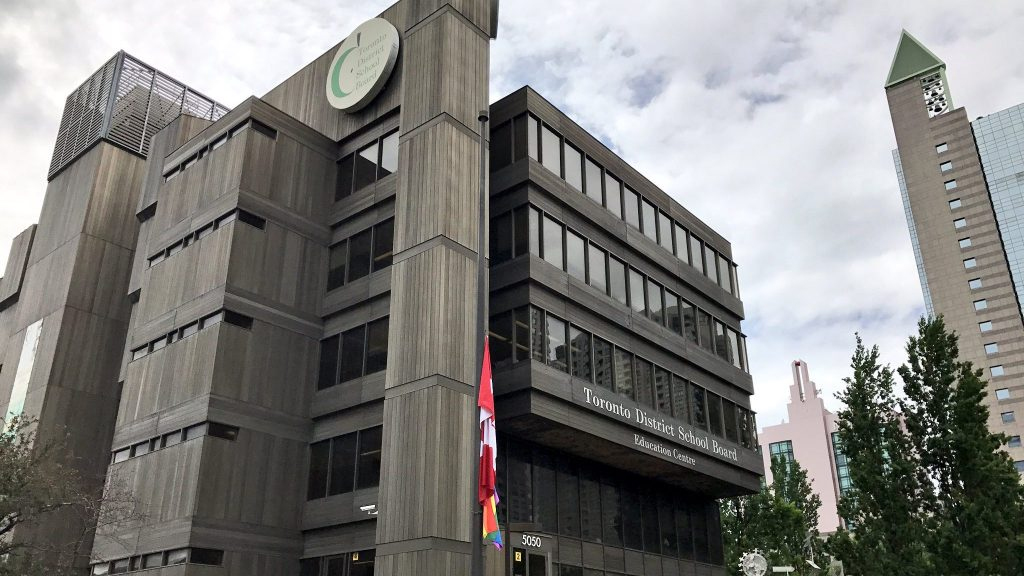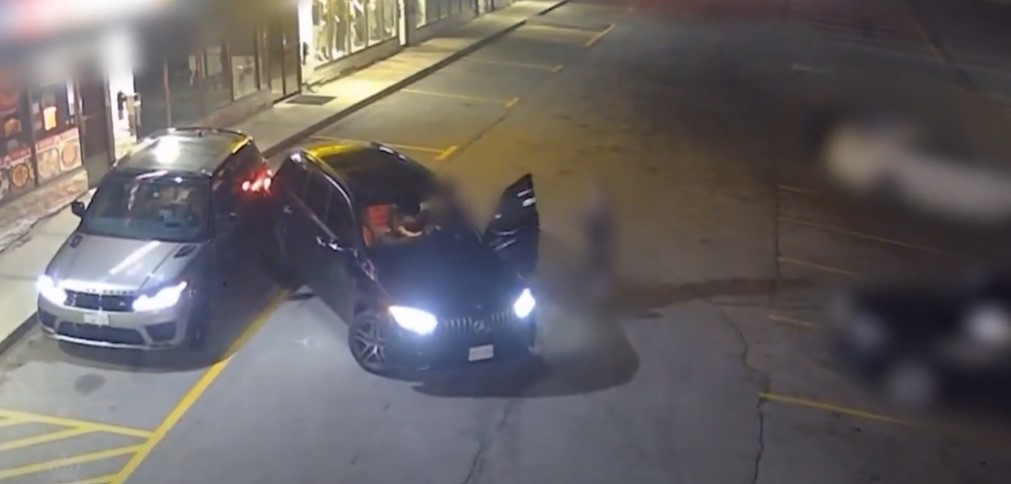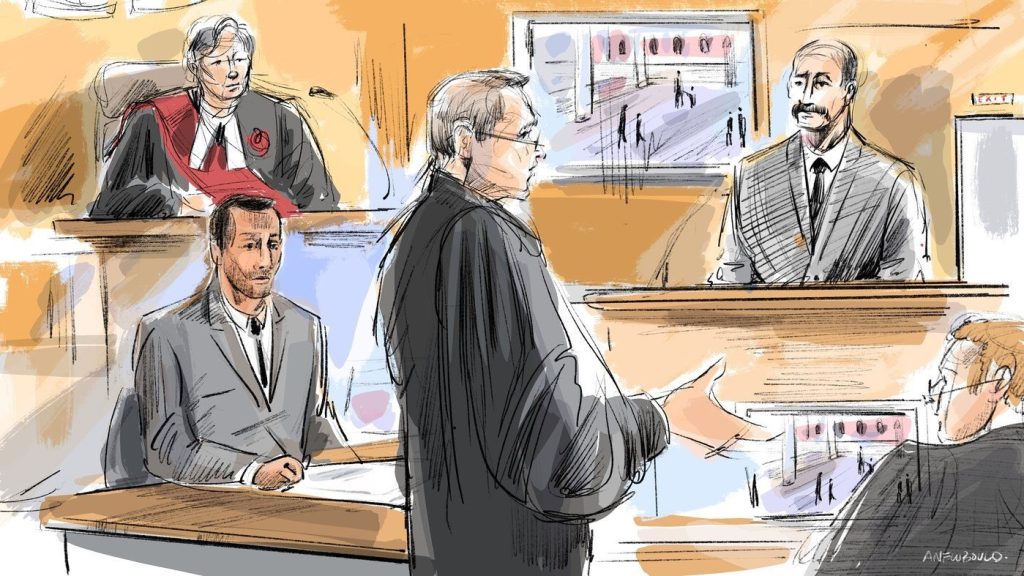Rehtaeh Parsons doc delves into final years of torment
Posted May 1, 2015 2:26 pm.
Last Updated May 1, 2015 8:22 pm.
This article is more than 5 years old.
TORONTO – Glen Canning readily agreed when a documentary filmmaker asked if he would take part in an in-depth look at the tragic death of his teenage daughter, Rehtaeh Parsons.
In fact, Canning feels obligated to make sure as many people as possible know about his daughter’s alleged assault, the months of bullying that ensued, and the suicide attempt that put her in hospital and led to her death.
“I can’t be silent about this,” Canning says during a recent stop in Toronto to promote the film at a series of screenings, including one this Sunday at the Hot Docs film festival.
Since Parsons died in 2013, Canning has dedicated his life to sharing her painful story by speaking at schools, sexual assault centres, in front of news cameras — to anyone who will listen, really.
“It’s not been the best job in the world, believe me,” says Canning, whose crusade includes forming the Rehtaeh Parsons Society to address the prevalence of cyberbullying and youth sexual violence.
“It’s an awful club to belong to but I didn’t think I had an option…. We do hear from people whose lives have been changed by the story and that makes it worthwhile.”
Rama Rau’s 47-minute film, “No Place to Hide: The Rehtaeh Parsons Story,” includes home videos and photos of a young Parsons, as well as interviews with friends and family members about the teen’s final years of torment.
Parsons’s family alleged she was sexually assaulted in November 2011 and bullied for months after a digital photo of the alleged assault was passed around her school. Police said they looked into the allegations but did not lay charges.
Child pornography charges were eventually laid after Parsons died two years later. A 20-year-old man pleaded guilty to distributing a sexually graphic image of Parsons, and another 20-year-old pleaded guilty to making child pornography by taking the photo.
Canning says his daughter was failed repeatedly by justice and health authorities and further victimized by online trolls who questioned whether she was raped.
“A lot of people think that Rehtaeh’s story’s been out there but the ‘other side’ has never been told,” Canning says.
“We need to let people know that Rehtaeh’s story is the ‘other side’ — that she doesn’t remember a lot of what happened. The other side came from (her attackers), their words to each other, what they were telling other students and the Facebook message they posted after Rehtaeh died.”
Canning says he put himself “in the zone” in order to watch the documentary with an audience for the first time last Sunday, but couldn’t bring himself to view it again at another screening the next day.
Another screening took place Tuesday at a Toronto school, where Canning again chose to skip the viewing and only attended the question-and-answer session that followed.
It’s these meetings with young people that make it worthwhile to continually relive his worst days, he says.
Canning says a recent visit to Ottawa gave him hope for the future, noting a group of high school boys formed an anti-violence group called Man Up when they heard about Parsons’s story.
“Isn’t that the change we need to have? Isn’t that where it needs to begin?” he says. “You almost tear up because that is everything we needed.”
“No Place to Hide” is one of several projects to tackle Parsons’s story.
Canning says he also participated in two documentaries for Japanese television shot last summer. And last month, he took part in another for CPAC.
“I just can’t be quiet about this knowing that what happened to Rehtaeh was preventable,” he says.










